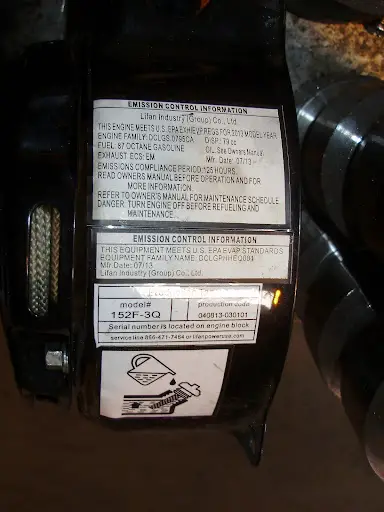Greetings all, my quest for the best 4 stroke engine (keeping price in mind) continues! I have already ruled out the HF 212cc as MUCH too large and question the internals of the HF 79cc. Does anyone know if the Lifan 99cc:
http://www.homedepot.com/p/t/203281...nf-_-pip_203281925__W176393372#specifications
is more reliable/a better buy than the Harbor frieght 79cc? I want an engine that will last a long a** time with good power if I'm going to spend a sizable chunk of cash on it. Thanks!
http://www.homedepot.com/p/t/203281...nf-_-pip_203281925__W176393372#specifications
is more reliable/a better buy than the Harbor frieght 79cc? I want an engine that will last a long a** time with good power if I'm going to spend a sizable chunk of cash on it. Thanks!



